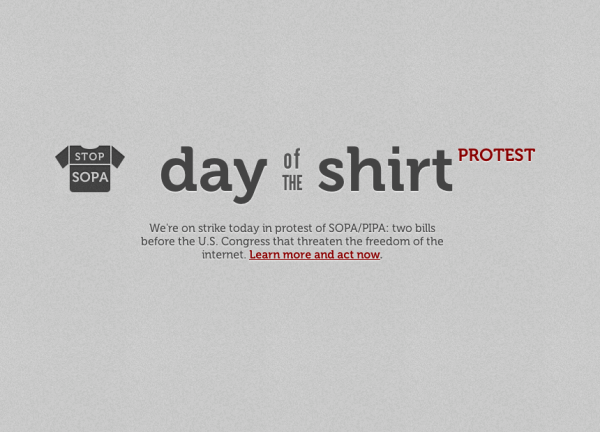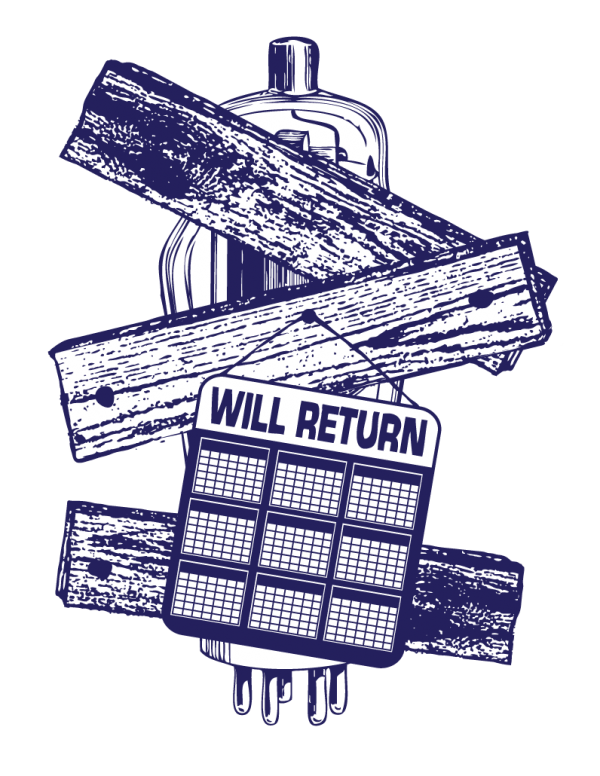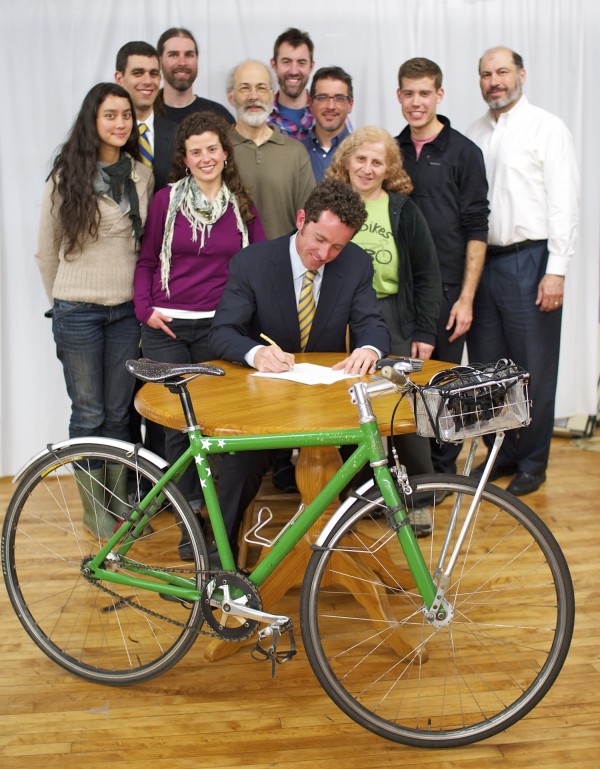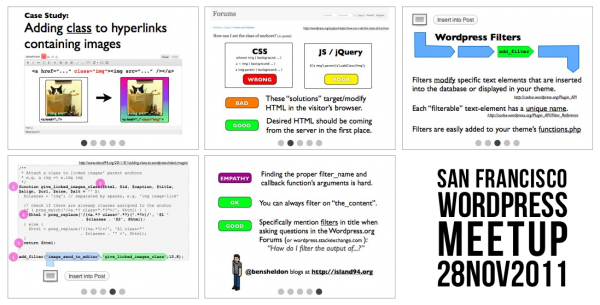Methodological Belief
From Peter Elbow’s “The Believing Game”:
The doubting game represents the kind of thinking most widely honored and taught in our culture. It’s sometimes called “critical thinking.” It’s the disciplined practice of trying to be as skeptical and analytic as possible with every idea we encounter. By trying hard to doubt ideas, we can discover hidden contradictions, bad reasoning, or other weaknesses in them–especiallyin the case of ideas that seem true or attractive. We are using doubting as a tool in order to scrutinize and test.
In contrast, the believing game is the disciplined practice of trying to be as welcoming or accepting as possible to every idea we encounter: not just listening to views different from our own and holding back from arguing with them; not just trying to restate them without bias; but actually trying to believe them. We are using believing as a tool to scrutinize and test. But instead of scrutinizing fashionable or widely accepted ideas for hidden flaws, the believing game asks us to scrutinize unfashionable or even repellent ideas for hidden virtues. Often we cannot see what’s good in someone else’s idea (or in our own!) till we work at believing it. When an idea goes against current assumptions and beliefs–or if it seems alien, dangerous, or poorly formulated—we often cannot see any merit in it.*
And from the asterisk:
* I’m on slippery ground when I equate the doubting game with critical thinking, since critical thinking has come to mean almost any and every kind of thinking felt to be good. Consider the opening definition at the website of the Foundation for Critical Thinking:
Critical thinking is the intellectually disciplined process of actively and skillfully conceptualizing, applying, analyzing, synthesizing, and/or evaluating information gathered from, or generated by, observation, experience, reflection, reasoning, or communication, as a guide to belief and action. In its exemplary form, it is based on universal intellectual values that transcend subject matter divisions: clarity, accuracy, precision, consistency, relevance, sound evidence, good reasons, depth, breadth, and fairness.
It entails the examination of those structures or elements of thought implicit in all reasoning: purpose, problem, or question-at-issue; assumptions; concepts; empirical grounding; reasoning leading to conclusions; implications and consequences; objections from alternative viewpoints; and frame of reference. Critical thinking — in being responsive to variable subject matter, issues, and purposes — is incorporated in a family of interwoven modes of thinking, among them: scientific thinking, mathematical thinking, historical thinking, anthropological thinking, economic thinking, moral thinking, and philosophical thinking.
Critical thinking can be seen as having two components: 1) a set of information and belief generating and processing skills, and 2) the habit, based on intellectual commitment, of using those skills to guide behavior. ….People who think critically consistently attempt to live rationally, reasonably, empathically. (Scriven and Paul)
Who could ever resist anything here (except the prose)?
I’d argue, however, that despite all attempts to de-fuse the word “critical,” it nevertheless carries a connotation of criticism. The word still does that work for many fields that use it for a label. For example, in “critical theory,” “critical literacy,” and “critical legal theory,” the word still actively signals a critique, in this case a critique of what is more generally accepted as “theory” or “literacy” or “legal theory”. The OED’s first meaning for critical is “Given to judging; esp. given to adverse or unfavourable criticism; fault-finding, censorious.” Not till the sixth meaning do we get past a censorious meaning to a sense of merely “decisive” or “crucial.”
In the simple fact that “critical thinking” has become a “god term” that means any kind of good thinking, I see striking evidence of the monopoly of the doubting game in our culture’s conception of thinking itself. (“Burke refers to a word like honor as a god-term, because it represents an aspiration towards a kind of perfection. The ultimate term, of course, is God himself.” [Goodhart]





